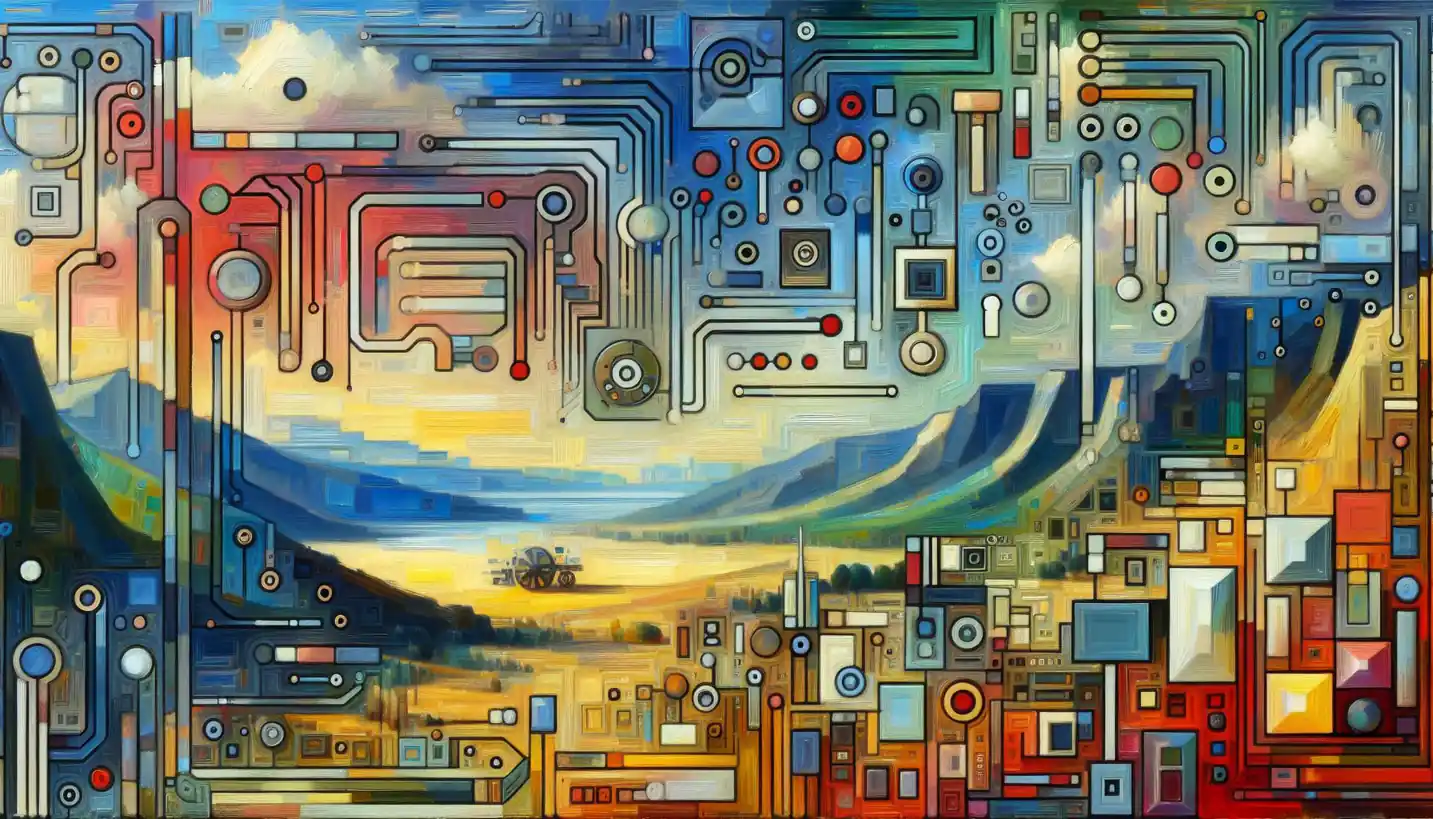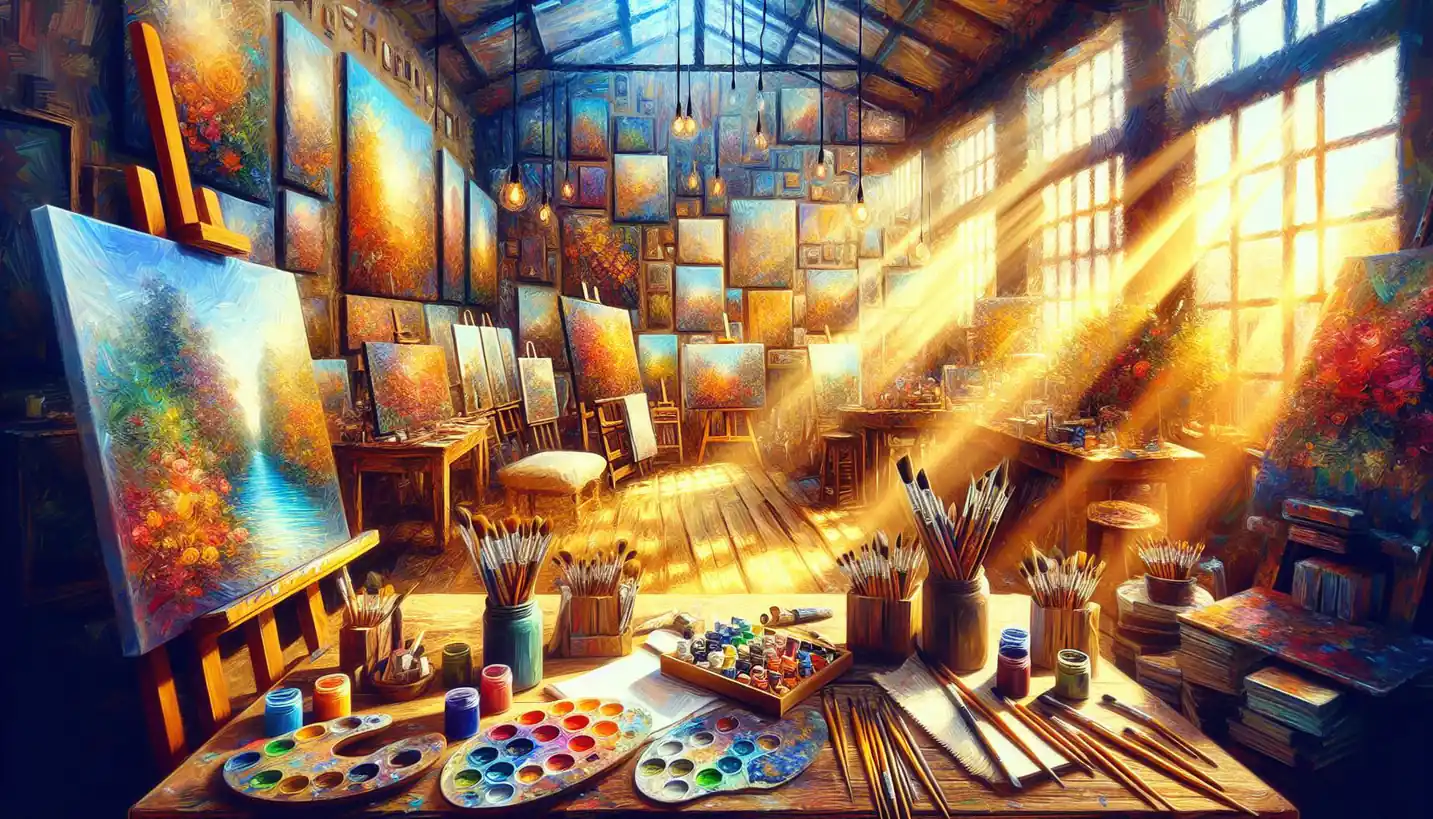· Art · 4 min read
Electronic Resonance: Exploring Sound Art's Vibrant Heartbeat
Electronic resonance dives into the vibrant core of sound art, blending technology with creative expression. Discover the rhythmic heartbeat that powers modern audio artistry.

Sound art isn’t just about what you hear; it’s about what you feel. Picture yourself in a room where the air vibrates, pulsing in rhythm to unseen melodies. This is where electronic resonance comes into play, creating a rich tapestry of sound that seems almost alive. But what exactly is electronic resonance, and how does it shape this immersive artistic experience?
What is Electronic Resonance?
Have you ever strummed a guitar and felt the strings continue to vibrate? That’s resonance in action. In the world of electronic music and sound art, resonance happens when electronic circuits, such as filters and oscillators, amplify certain frequencies to create distinct sounds. It’s like a sound artist has a magnifying glass, honing in on certain tones and making them stand out in vivid detail.
The Human Connection
Why does this matter? Well, resonance isn’t just for the ears; it touches the soul. When sound artists play with resonance, they’re not just layering notes; they’re creating an environment that can alter emotions and perceptions. It’s the difference between hearing a song and feeling like you’re inside the music. This emotional resonance can transform how we understand both art and sound.
From the Laboratory to the Studio
The science behind resonance gives sound artists a toolkit to manipulate waves and currents at a fundamental level. Imagine a lab filled with knobs and wires, each a gateway to infinite possibilities. By adjusting these variables, artists craft soundscapes that can be smooth and serene or chaotic and electrifying.
The process often involves oscillators that generate periodic signals, filters that shape the tone, and modulators that add motion and depth. Think of these elements as ingredients in a recipe. A sound artist might start with a basic tone, like a chef starting with a single ingredient, then tweak and tune until it’s part of a complex auditory feast.
Sound Art in Everyday Life
Sound art isn’t confined to performance halls. It lives everywhere, from the music in your favorite video games to the ambient sounds in a trendy café. Artists leverage electronic resonance to design immersive environments, impacting how we interact with the world around us.
Have you ever noticed how some spaces have a calming hum or a sharp buzz? These auditory settings are sculpted using electronic resonance, guiding your mood and focus without you even realizing it. It’s a hidden canvas painted with sound instead of brushstrokes.
Innovation and Technology
The evolution of technology has pushed sound art boundaries, allowing for more intricate and refined use of resonance. With software and digital tools, artists can experiment in ways that were unimaginable just a few decades ago.
Take virtual reality as an example. Sound designers can create fully immersive soundscapes that respond to the slightest head tilt or hand wave. This kind of responsive environment leverages electronic resonance to create a seamless auditory experience, making technological spaces feel intimate and alive.
The Future of Sound Art
What lies ahead for electronic resonance in sound art? As technology advances, the possibilities expand. Imagine interactive installations where sound adapts to the presence and motion of people within a space, creating unique experiences every time.
We might see more collaborations between sound artists and engineers, pushing the limits of what sound can express. As digital and analog technologies blend, the art form will evolve, continuing to captivate and challenge our senses.
The Importance of Resonance in Art
Ultimately, electronic resonance is vital not just because it enhances sound, but because it deepens our connection to art itself. It’s a bridge between science and creative expression, making sound art a dynamic, evolving discipline.
Think of it as the heartbeat of sound art, a pulse that keeps innovation alive. As long as technology and creativity coexist, electronic resonance will be at the forefront of transforming the way we experience the world.
In conclusion, electronic resonance in sound art is more than a technical concept; it’s an emotional journey, a scientific marvel, and a boundless canvas for creative exploration. Whether you’re a casual listener or a budding sound artist, understanding this vibrant cornerstone of sound art can enrich how you perceive and create music.
By focusing on resonance, we’re not just tuning into a sound; we’re tuning into the potential of human creativity driven by the incredible power of electronic waves. As sound art continues to grow and inspire, it’s clear that the world of electronic resonance has only begun to reveal its wonders.



